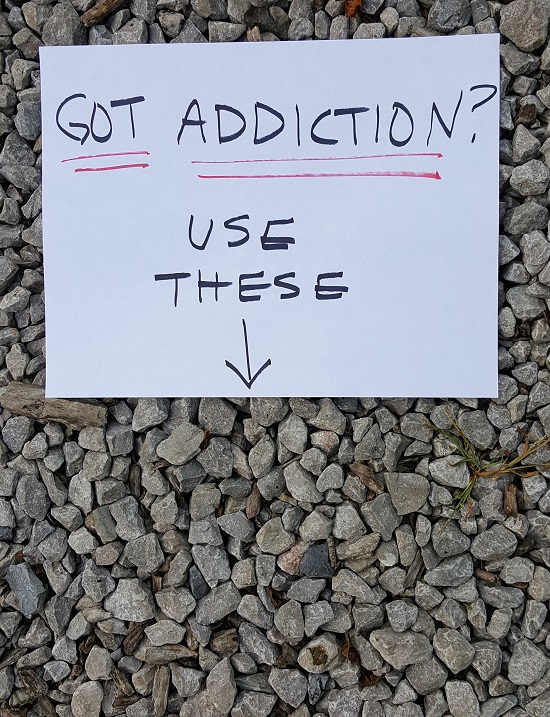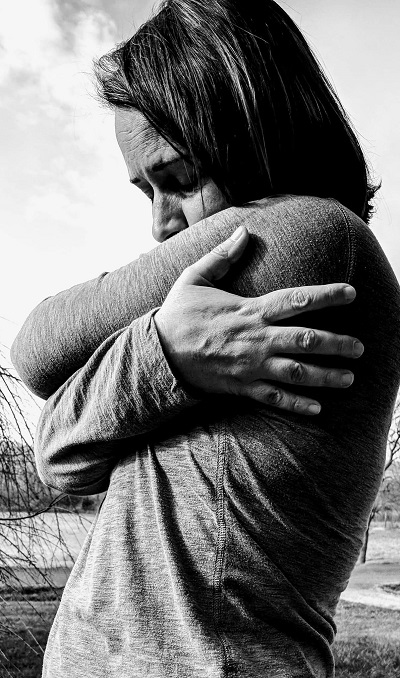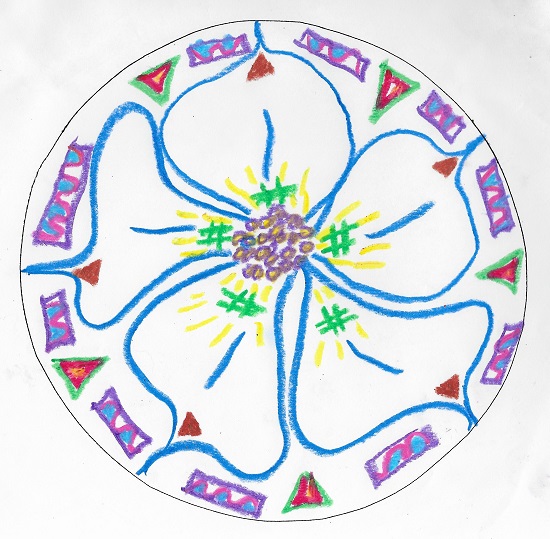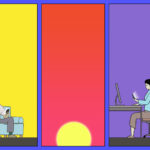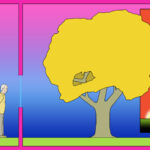Ideally, a person with substance use disorder, as part of an evidence-informed treatment plan, would be assisted with tapering in a combination of activities and practices that are approximations of what substances did for a person, while tapering out substances that have become problematic. The intention would be to seek and maintain a steady state of well-being.
That process would take several steps:
- Identify the purpose and meaning of the use of substances for the individual, whether frequently or infrequently, whether alone or with others.
- Identify one’s individual strengths, interests, and preferences.
- Over time – acknowledging that no one source, perhaps even combinations of sources, might ever equal the complete experience substances offered – identify possible practices, activities, and conditions that might serve as replacements, however approximately, for substances and their use.
- Use knowledge of one’s strengths and preferences to experiment with a variety of practices, activities and conditions that might by helpful to the individual. Become aware of feelings, thoughts, physical sensations, and attention and use them as feedback to monitor stability.
- Adjust. Keep, and possibly expand, what helps with steadiness. Jettison what doesn’t. Maintain a list of future possibilities to try.
Unfortunately, most people with substance use disorder are mandated to abstinence. What the substances did is no longer being done. This can throw – even slam – people into instability.
“Do not attempt to take away a person’s main means of trying to cope with pain and suffering until you have another effective coping strategy in place.”
– Alan Marlatt, Ph.D., 2004
As a person with substance use disorder, then, as quickly and efficiently as I can, I need to try to figure out a few things that substances did for me, note a couple of my strengths, try to become aware of some preferences, then create a short list of things that might possibly serve in the place of substances for me individually, and then use my strengths to try to make those things happen.
Here’s a brief version of this post as a printable worksheet entitled A Look at the Purposes of Substances and What Might Replace Them (.pdf opens in new tab).
Purposes of Substances and Substance Use
What do I think substances, or use of substances, did for me?
_____ Enjoyment, pleasure, reward
_____ Relief from emotional pain
_____ Relief from physical pain
_____ Relief from existential despair, i.e. a helpless, hopeless feeling from not knowing if your life has meaning or if anything matters
_____ Relief from strong feeling states: anger, frustration, sorrow, agitation
_____ Relief from worry
_____ Relief from social anxiety
_____ Relief from anxiety
_____ Relief from depression
_____ Relief from racing or disturbing thoughts
_____ Relief from bad memories: trauma, neglect, abuse, witnessing violations against others
_____ Relief from grief and loss
_____ Relief from boredom
_____ Release from isolation and loneliness
_____ Sense of absence or escape
_____ Sense of protection
_____ Sense of belonging, being a part of, fitting in, or being accepted
_____ Sense of love and comfort
Now, let me rank order the top three, or more if I choose, by placing a “1” by the most important, a “2” by the next most important, etc.
What were the top three purposes served by substances and/or substance use for me?
1) ______________________
2) ______________________
3) ______________________
What insights did I gain from thinking about the purposes and meanings of substance use for me?
Strengths
People with substance use disorder often don’t feel very good, or feel very good about themselves. Instead of thinking of myself as either good or bad, let me suspend judgment for a moment. Let take a look at myself with objectivity and kindness.
If I see some traits I don’t like, for now, I simply shift my attention away from those thoughts, and look again for my strengths.
If I’m having trouble, I can remember the praise others have given me and name the strengths they saw in me.
If I’m doing this exercise right now, even if I don’t really want to, that’s the strength of discernment. I might be penalized by an authority or someone I care about if I don’t take a look at these things. Discernment includes the strength of telling the difference between what’s helpful and what’s not helpful.
What other strengths do I have?
_____ Courage
_____ Creativity
_____ Kindness
_____ Generosity
_____ Problem-solving
_____ Determination
_____ Perseverance
_____ Honesty
_____ Fairness
_____ Leadership
_____ Love of learning
_____ Forgiveness
_____ Humor
_____ Teamwork
_____ Appreciation of beauty
_____ Empathy
_____ Awareness
From this list, what do I think are my top three strengths?
1) ______________________
2) ______________________
3) ______________________
Interests and Preferences
What are three activities that I like doing, or used to like doing?
1) ______________________
2) ______________________
3) ______________________
Where are three places I like to be with people, or don’t mind being with people?
1) ______________________
2) ______________________
3) ______________________
Preferences for Self-Care
According to research, medications are the first line of treatment for longings, urges, and cravings that accompany deprivation from substances in people with substance use disorder. Research is inconclusive about self-care behaviors (SCBs) that can assist with abstinence. Some studies suggest that the practices listed below may be helpful.
Which of the following activities, practices, or situations might be potentially helpful to me?
_____ Exercise
_____ Sleep hygiene: managing sleep time/wake time/length of sleep
_____ Managing caffeine intake and timing
_____ Managing nicotine intake and timing
_____ Managing quality, quantity, and timing of meals and snacks
_____ Engaging in focused breathing or breathing patterns
_____ Engaging the senses: see, hear, taste, touch, smell, motion
_____ Engaging in focused activities, such as cooking using a recipe, doing a repair, drawing, painting or coloring, playing a game, working a puzzle, journaling
_____ Engaging in social gatherings and activities that foster social connection
Which of these self-care behaviors is already a strength for me?
____________________
Which one, with a very small change, might move it up to tie with my top self-care behavior?
____________________
What would that small change be?
____________________
Replacement Preferences
I identified the top three purposes served by substances and/or substance use for me. They are normal, human, understandable needs. What might, even minimally, for me, serve in their places?
Enjoyment, pleasure, reward ____________________
Relief from emotional pain ____________________
Relief from physical pain ____________________
Relief from existential despair ____________________
Relief from strong feeling states ____________________
Relief from worry ____________________
Relief from social anxiety ____________________
Relief from anxiety ____________________
Relief from depression ____________________
Relief from racing or disturbing thoughts ____________________
Relief from bad memories ____________________
Relief from grief and loss ____________________
Relief from boredom ____________________
Release from isolation and loneliness ____________________
Sense of absence or escape ____________________
Sense of protection ____________________
Sense of belonging ____________________
Sense of love and comfort ____________________
What’s Next?
Based on what I’ve discovered about what substances and substance use did for me, what my strengths and preferences are, and what research suggests is helpful to people who are trying to abstain, with the intention of increasing my sense of stability and well-being, what are three things I might be able try this week in place of substances?
1) ______________________
2) ______________________
3) ______________________
What is the smallest, gentlest step I might be able to take on my own to help myself try to make one of these things possible?
A small step I might be able to take is:
____________________________________________
____________________________________________
____________________________________________.
“It’s my life. Don’t you forget.”
– “Talk, Talk,” The Music Machine
This post is part of a series.
The table of contents for the series is here and posts are published in the category entitled Guide.
The views expressed are mine alone and do not necessarily reflect the positions of my employers, co-workers, clients, family members or friends. This content is for informational purposes only and is not a substitute for medical or professional advice. Consult a qualified health care professional for personalized medical and professional advice.

